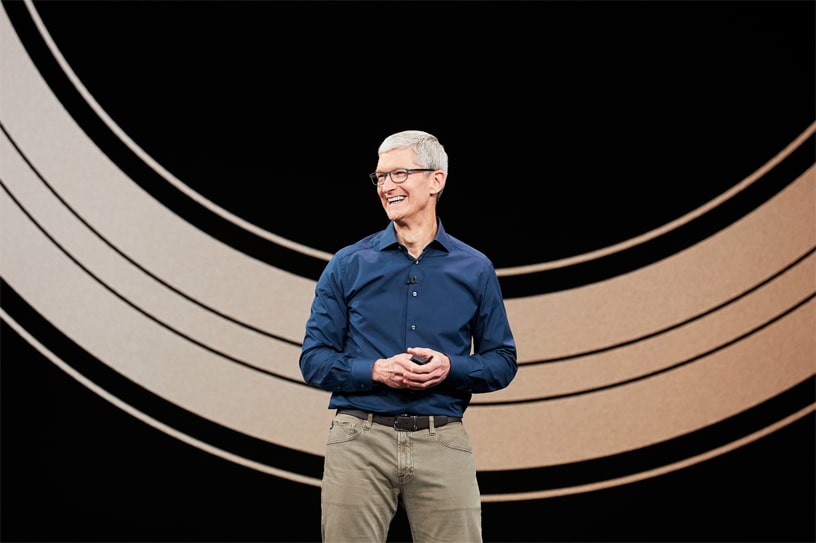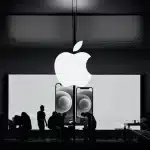On August 24, 2011, Apple officially appointed Tim Cook as CEO, marking the end of Steve Jobs’ tenure. Jobs, who resigned due to health issues, personally recommended Cook as his successor. Apple’s board echoed this confidence, praising Cook’s proven judgment and leadership.
Cook’s early impact
Cook had already shaped Apple long before becoming CEO. As Chief Operating Officer, he streamlined operations by closing factories and cutting excess inventory. This strategy freed up cash and allowed Apple to adapt quickly to new technology. Industry leaders, such as Michael Dell, recognized how crucial these moves were for competitiveness.

Expanding Apple’s vision
Under Cook, Apple expanded beyond iconic hardware like the iPhone and iPad. He pushed the company toward services and wearables, launching products such as the Apple Watch, Apple Pencil, and Apple Vision Pro. While critics often compare his product flair to Jobs’, Cook focused on making Apple more versatile and financially resilient.
Navigating politics and challenges
Cook has also taken a more visible stance on political and social issues. He stood firm against the FBI’s demand to unlock iPhones after the San Bernardino attacks but later admitted he wished the case had gone to court for clarity. Cook directed Apple’s charitable efforts, from Beirut relief to disaster recovery, and even made high-profile political donations.
Leading Apple to historic milestones
In 2022, Apple became the first company to reach a $3 trillion market value. Despite tariff challenges and market dips, the company has remained the world’s most valuable brand under Cook’s watch. Cook himself reached billionaire status during this period, though speculation continues about who might eventually succeed him. For now, he has already led Apple longer than Steve Jobs.










